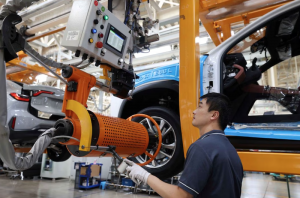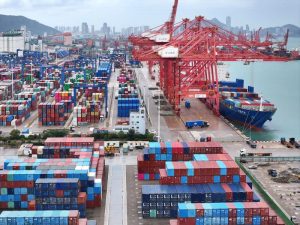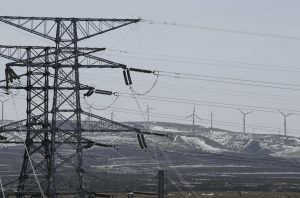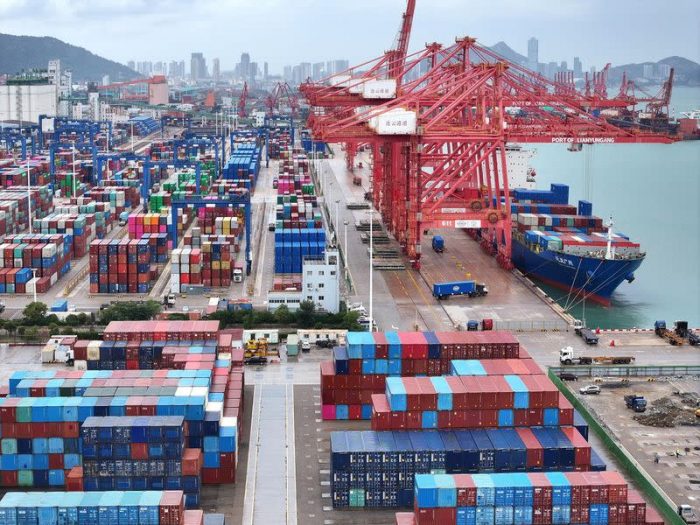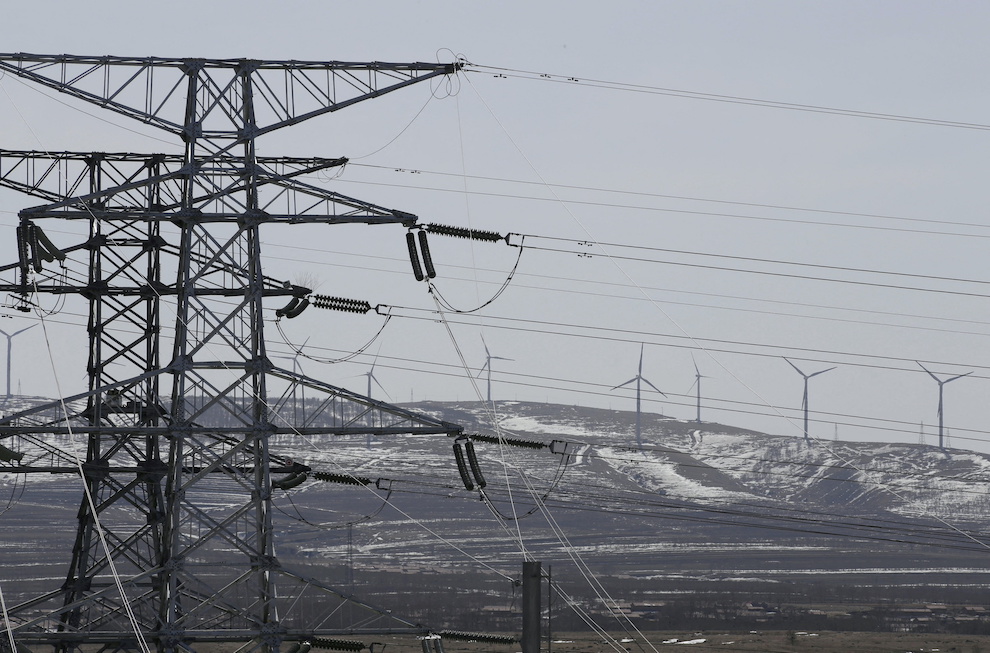China’s factory activity contracted at the sharpest rate in 23 months in January, underscoring the huge economic costs from the country’s zero-Covid approach, a private survey showed on Sunday.
The Caixin/Markit Manufacturing Purchasing Managers’ Index (PMI) fell to 49.1 in January – its lowest level since February 2020, when the economy was still suffering from country-wide lockdowns in the early days of the pandemic.
Surging cases and tough containment measures weighed on output and demand.
Meanwhile, activity in China’s services sector grew at a slower pace in January, official data showed on Sunday.
The official non-manufacturing PMI stood at 51.1 in January versus December’s 52.7, data from the National Bureau of Statistics (NBS) showed. The 50-point mark separates growth from contraction on a monthly basis.
While the world’s second-largest economy broadly rebounded last year from 2020’s pandemic-induced slump, the services sector has lagged behind.
Economists Expected Growth
Economists in a Reuters poll had expected the manufacturing index to ease to 50.4 from December’s 50.9 but still point to some growth. The 50 mark separates growth from contraction on a monthly basis.
The unexpectedly weak reading is likely to reinforce market expectations that policymakers need to roll out more support measures to stabilise the faltering economy.
China’s central bank has already started cutting interest rates and pumping more cash into the financial system to bring borrowing costs down, and further modest easing steps are expected in coming weeks.
A sub-index for factory output stood at 48.4, down from 52.7 in December, with firms surveyed reporting reduced intakes of new business and as a recent surge in Covid-19 cases and tough anti-virus measures impacted production, the survey showed.
Demand Took a Dive
Demand also took a dive, as new orders fell at the fastest clip since August this year and export orders shrank the most since May 2020. Exports were one of the few bright spots for China’s economy in the second half of last year.
That led to renewed pressure on the job market, with a gauge for employment dropping to the lowest in almost two years.
“The resurgence of Covid-19 in several regions … forced local governments to tighten epidemic control measures, which restricted production, transport and sales of manufactured goods,” Wang Zhe, senior economist at Caixin Insight Group, said.
“It became more evident that China’s economy is straining under the triple pressures of contracting demand, supply shocks and weakening expectations.”
China’s official composite PMI, which includes both manufacturing and services activity, stood at 50.1, compared with 52.2 in December.
- Reuters, with additional editing by George Russell
READ MORE:
China Factory-Gate Inflation Rises More Slowly in December
China Demand Rebound Boosts Swiss Watch Exports
Pressure on Global Supply Chains Easing, Says New York Fed





